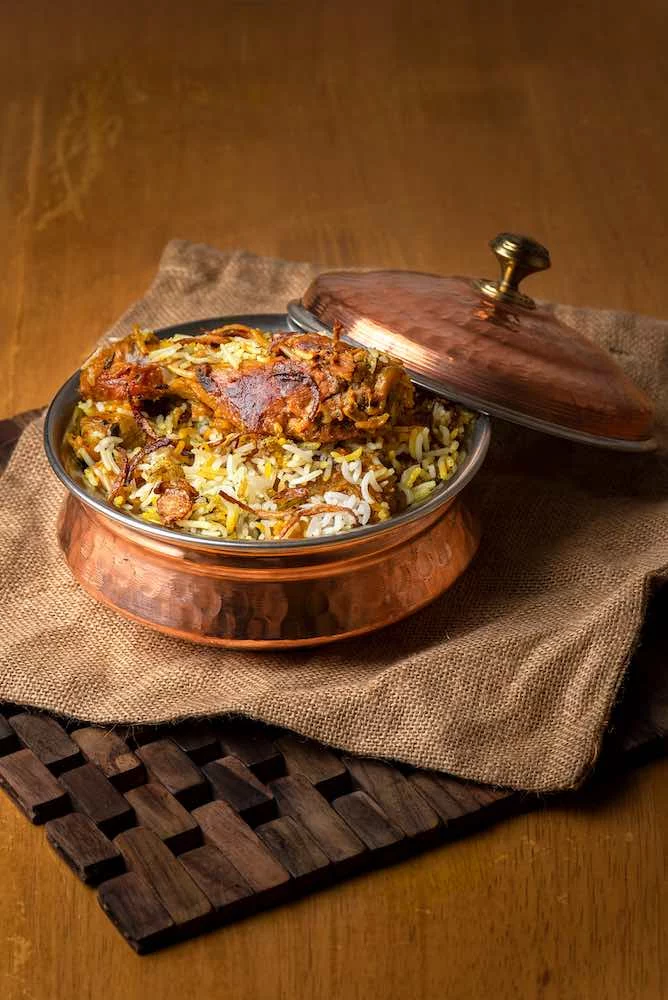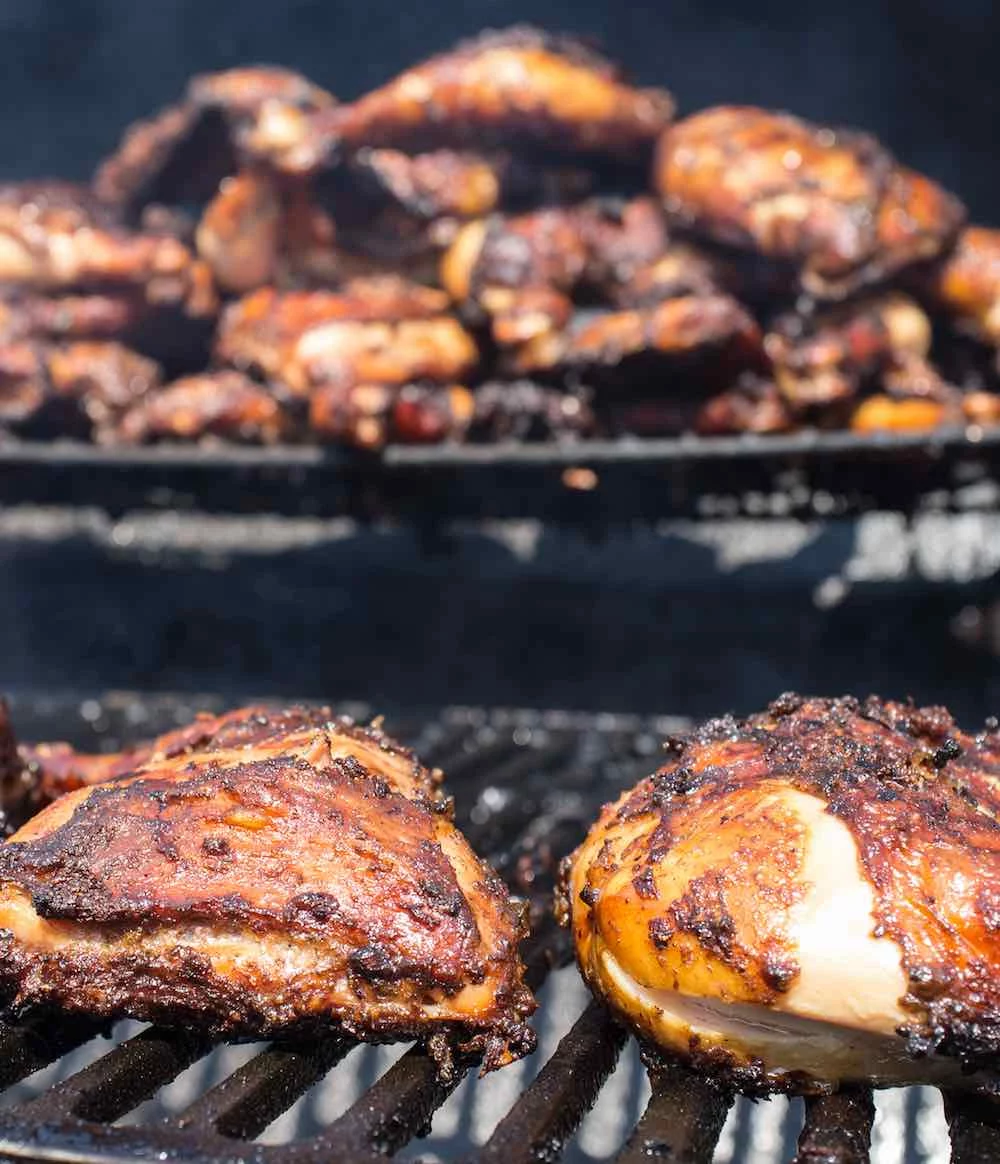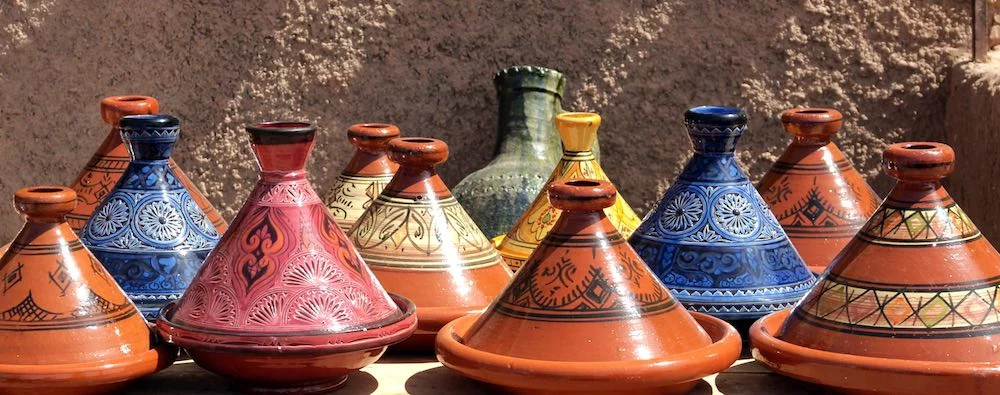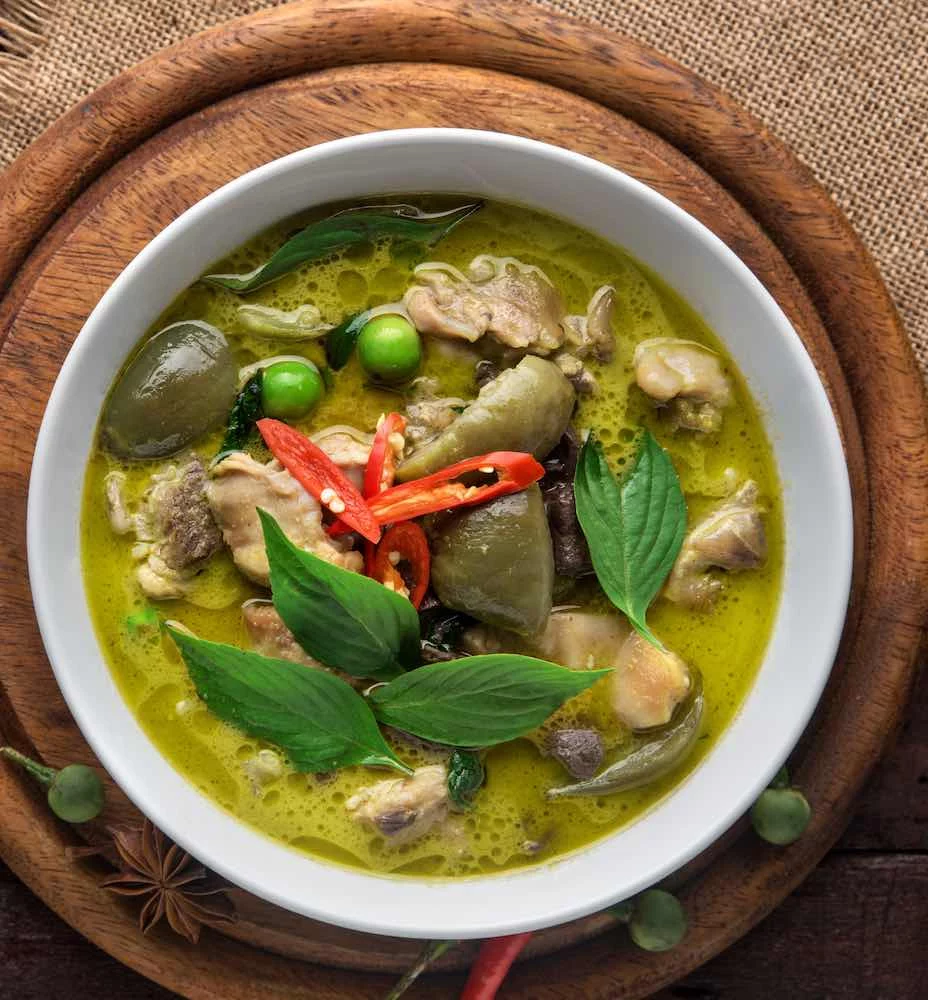A Worldwide Expedition of our Favourite Dishes

The tastiest rice-based dishes to transport your dinner table to your favourite cultures
There are many cultures that have evidence of early rice cultivation dating right back to 7000-5000bce, including India, China and other civilisations of Southeast Asia. Throughout the centuries and across the world, rice has revolutionised the way we eat, with many cultures using it as a perfect base for their traditional and classic dishes. (Want to learn more? Head to our blog here all about the history of rice)
There is a great history and evolution behind some of our worldwide favourite dishes, with every region having their own unique and flavourful way to enjoy rice at its finest.
The Journey of the Biryani from Iran to India
Featuring big, bold and dazzling flavours, the Biryani has become a worldwide favourite. While the deliciously aromatic dish we know and enjoy today made its name in India, the recipe interestingly originated from Persia, Iran.
The name ‘Biryani’ can be traced back to the original Persian “birinj biriyan”, which translates to fried rice. The very first recipe follows a few simple steps: a large pot, known in Persia as a deg, is used to slow cook the marinated meat, allowing it to cook in its own juices and is then perfectly layered with rice and aromatic spices. The rice is then gently fried. While a vegetable biryani is a traditional favourite, you can easily make this dish extra hearty with by adding chicken, lamb or mutton – delicious!
Over the years, Biryani made its way to India. Here the dish was traditionally cooked up using Basmati Rice with spices and saffron and cooked over a wood fire. As with many dishes, different areas of the country and groups started adding their own little touches to the recipe, offering a celebration of taste to their traditions and culture.
Are your taste buds tingling? Find our Biryani recipes to make your very own!
A Celebration of Jerk Chicken
Fiery, full of spice and positively made for serving with our Caribbean rice and peas, our next stop takes us to the heart of Jamaica for their incredibly delicious Jerk Chicken.
More than just a seasoning, Jerk is a whole culture worthy of knowing about and celebrating. Jerk refers to how the meat is seasoned, smoked and grilled. Looking back at some of the original recipes, jerk seasoning uses bird peppers, pimento and pepper elder. Whereas modern recipes tend to use Scotch bonnet peppers, scallions, garlic, ginger, thyme and cinnamon.
Jerk can see itself through many time periods, from marooners cooking tough cuts of meat in an underground smokeless pit, to outdoor cooking hanging meat over an open fire to cook and dry the meat in tender, delicious dishes in the Caribbean. Seasoning the meat with allspice berries, salt and bird peppers, then wrapping it in pepper elder leaves, the word also comes from Spanish Charqui, meaning dried strips of meat.
Today, Jerk chicken can be grilled, barbecued or smoke-grilled. If you’re barbecuing, we recommend adding some wood chips to your coal for an added authentic flavour. Or, if you want to try something a little different, you can add jerk seasoning to pork, goat, vegetables or fish for a scrumptious new take on this tasty classic!
Ready to rustle up something exciting for dinner tonight? Take a peek at our Jerk chicken recipe, that will bring flavour and colour to your dinner table.
The Secret to a Great Jollof
Quite possibly the most popular dish in West Africa, Jollof is deep-red in colour, spicy in flavour and alluring in aroma. Across West Africa, there are several different recipes to be found, and if you dare to whisper ‘Jollof’, you may just start a friendly but fiery debate on which is best!
An extremely versatile dish, Jollof is traditionally enjoyed as a casual dish at home with friends and family but is also a go-to recipe for birthday parties, weddings and milestone celebrations.
The base ingredients of traditional Jollof consist of long-grain rice lovingly cooked in a flavourful sauce of tomatoes, onions and aromatic spices. And you’ll find that from country to country, nation to nation and even house to house, everyone has their own secret ingredient or family tradition for making their favourite Jollof.
We hear one of the secrets to great Jollof rice is to caramelise the onions slowly in coconut oil before adding the other ingredients – it’s all about giving the sauce some tender loving care.
Enjoy Jollof on your next family gathering with some inspiration here: Seafood Jollof, Foluke’s Jollof, Jollof Rice with Kelewele.
The True Taste of the Tagine
A tajine or tagine is a North African dish named after the earthenware pot it is cooked in and has been part of Moroccan cuisine for hundreds of years.
There are many classic tagines: lamb stewed with dried fruit, braised chicken with pickled lemons and green olives, duck with dates and honey and fish cooked with fresh tomatoes, lemon and coriander.
The trick to creating a beautifully authentic tagine is using the perfect pan for stewing. Thanks to its domed lid, a traditional tagine pot gives special consideration to the rising steam. A tagine should be cooked for a long time over a low heat so that the soaked-up spices can rise up with the steam to condense on the dome’s walls and flow back down into the ingredients. Ultimately, creating a constant circulation of moisture inside the Tagine so that everything comes out perfectly tender, juicy and full of flavour.
Our top tip: If you choose to buy an authentic Moroccan Tagine for cooking up this delicious meal, don’t forget to soak it in water overnight to reduce the risk of cracking. Pair it with basmati or fragrant jasmine rice for a well-rounded wholesome dish.
Want to Tagine like a pro? Read our Tagine guide for more details.
The Spicy Secrets of the Thai Green Curry
The final destination of our trip around the world is Thailand. Intensely fragrant and creamy from the use of coconut milk, a Thai Green curry is simple, easy to make at home and a definite favourite of ours.
There’s no doubt that Thai Green curry is one of the most famous Thai dishes. Still, very little is known about this dish’s origins, but what we know is that it dates back to the early 1900s when King Rama VI and King Rama VII were in reign.
Beyond its homeland, Thai cuisine has boomed in recent decades, especially in the UK. The first UK Thai restaurant, Bangkok on Bute Street, opened in 1967 in Kensington. Today, the nation is home to around 2,000 Thai-owned restaurants, with Thailand’s government supporting overseas Thai restaurants by training chefs and restaurant owners on how to offer a real authentic experience.
When we think of our favourite Thai Green Curry, mildness, sweetness and bright green colour come to mind. Still, the real deal is actually very different from this. To make a wonderfully authentic Thai Green Curry, it all starts with making your own paste.Why not read our How to make Thai Curry Paste guide. This recipe pairs perfectly with our tasty and perfectly fluffy Jasmine rice.
If this insightful look at some of our favourite dishes has left you feeling hungry, head to our recipes page for something delicious to whip up tonight!



